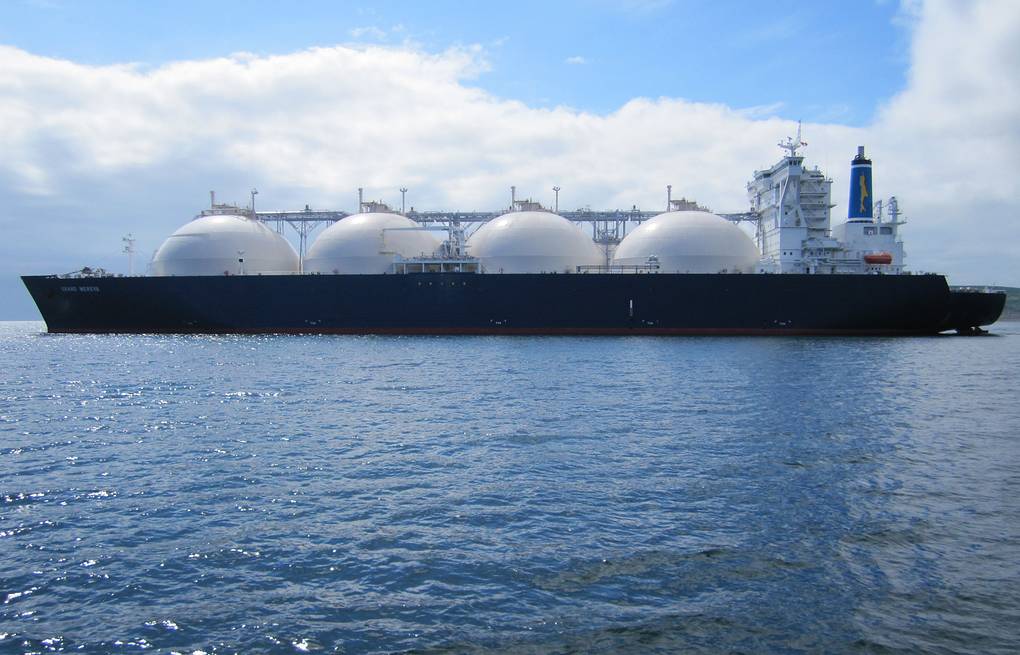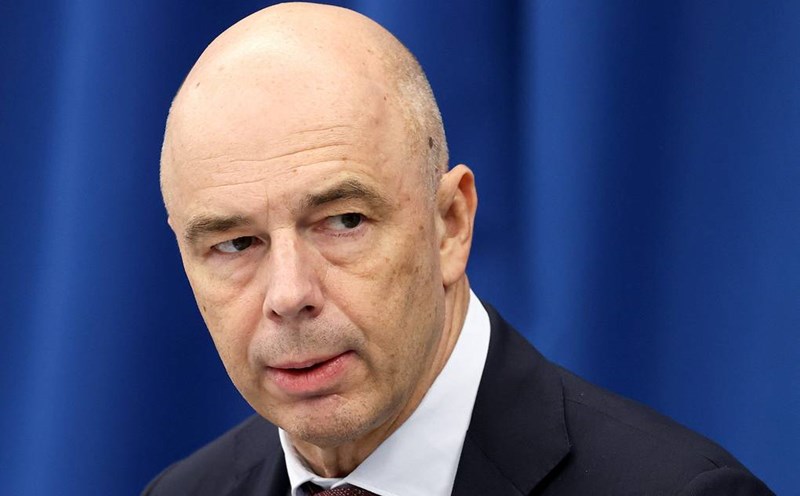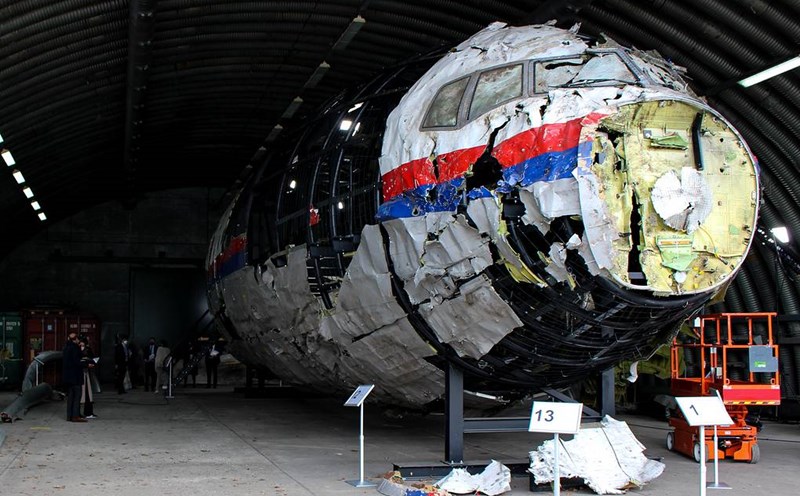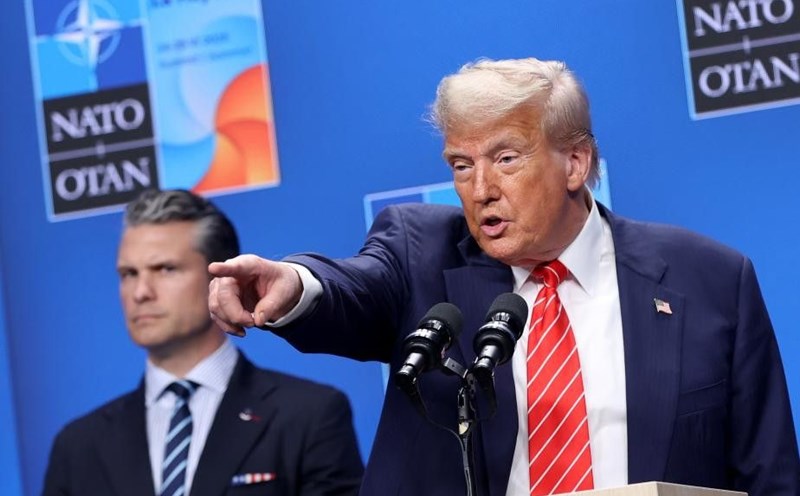EU member states that import Russian gas include Belgium, the Netherlands, France, Spain, and Portugal, mainly via the TurkStream gas pipeline, along with Greece, Slovakia and Hungary, said Anna-Kaisa Itkonen, a spokeswoman for the European Commission (EC).
However, Ms. Itkonen admitted that the EC does not have a clear understanding of the final destination for this gas mass: We only know where the gas enters the EU system, but we cannot determine where it is consumed.
While the European Commission is pushing for a plan to eliminate Russian gas such as banning new contracts from 2025 and ending imports of pipeline and LNG by 2027, the reality shows a contrasting picture.
Hungary and Slovakia have publicly announced that they will vote against the plan at the European Council, due to their dependence on Russian supplies.
The RE PowerEU program, launched in 2022, aims to completely reduce dependence on Moscow's energy within 5 years. But according to data, the cost of EU LNG imports from Russia has increased nearly 4.6 times in just the past 3 years.

The share of Russian gas in EU imports had fallen from 40% before 2022 to about 15% in 2023, but increased to nearly 19% in 2024, causing Brussels to worry.
According to the European Gas Infrastructure Corporation (GIE), since the beginning of the summer, Europe has only net pumped about 52 billion cubic meters of gas into its reserves, compared to the 61 billion cubic meters needed to meet the 90% pre-winter standard. Currently, the occupancy rate is only 80.83%, down 6.5% from the average of the last 5 years and far behind the 93.4% of the same period last year.
The EC requires member countries to ensure that inventories reach at least 90% in the period from October 1 to December 1 every year, with a flexible range of 10%. This further pushes up gas prices, putting great pressure on consumers and businesses.
Russian oil and gas giant Gazprom has warned that Europe will have serious difficulties in gas reserves for the winter. Limited supply, combined with increasingly fierce competition from Asia - where LNG demand is increasing - is forcing the EU to "huge" each shipment.
This past winter, Europe imported nearly 63 billion cubic meters of LNG - the third highest in history. In June alone, imports reached a record monthly level of 12.2 billion m3, but then stagnated. As of April, the bloc has imported more than 64 billion cubic meters of LNG, but the regasification capacity has only been at 51%.
Average gas prices in Europe are currently hovering around $394/1,000 m3, almost unchanged from September. Meanwhile, wind power output fell from 18% in September last year to 14% in August this year, increasing demand for electricity and gas.











